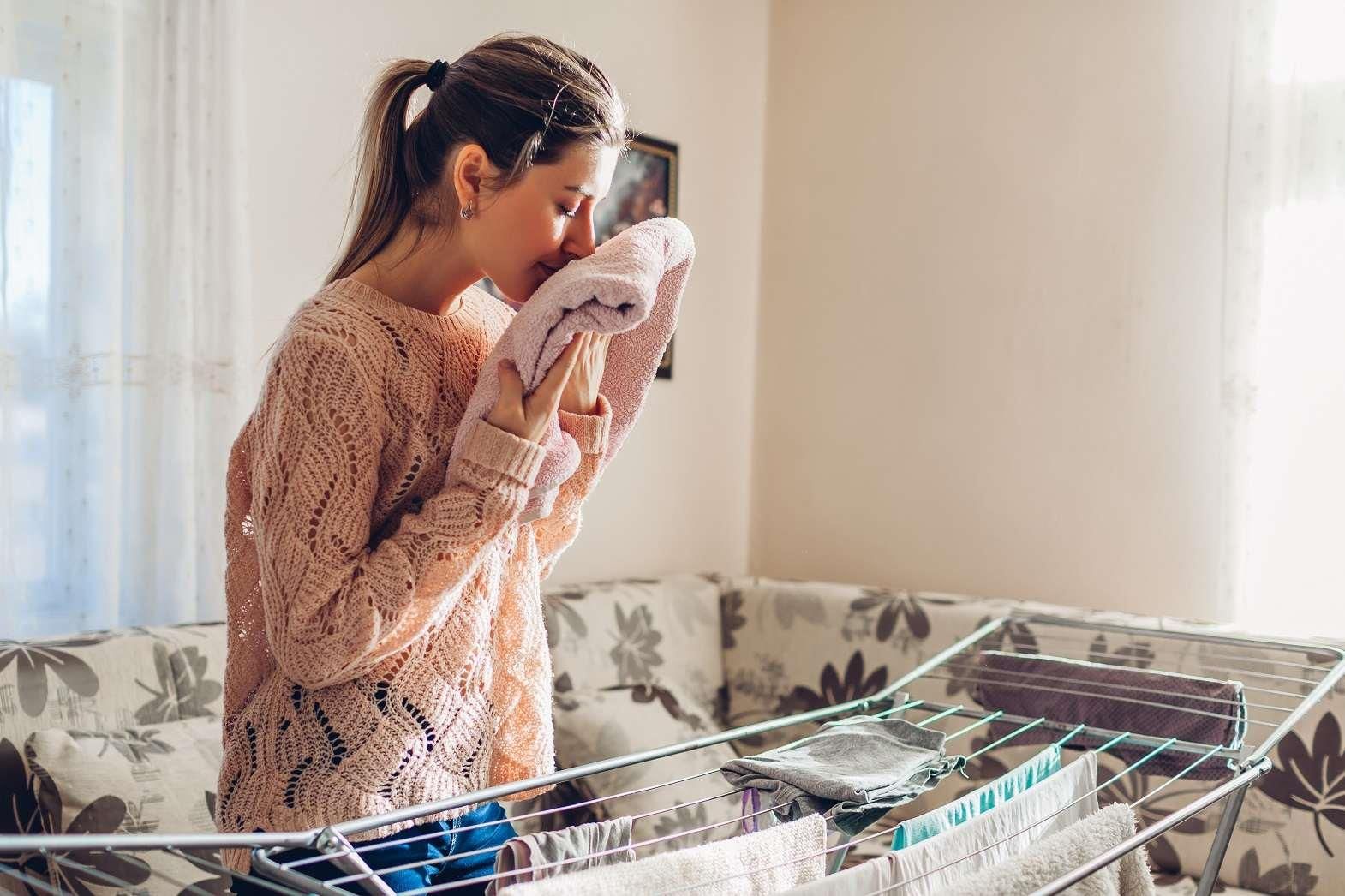Fashionis getting smarter day by day. The growing use of science in clothing has ledto the development of functional and a stylish second skin. Consumers today areextremely demanding and want something extra-ordinary to make them purchase apiece of clothing. Perfume infused textile products have been around for awhile. Uses of sachets and perfumed hangers in one's closet to keep the clothessmelling fresh and fragrant have been there for a while. Consumers today areinterested in such smart functional clothing.
Fragrancefinishes have been used in home textiles, garments, and sportswear. Smell cancreate a sensory experience inside the body. In the history of perfumedtextiles one can find scented gloves, handkerchiefs, underclothes, and evensails. In order to get rid of the dyeing smell, scented flowers and oils wereused in many fabrics. Even laundering of clothes was done with rose andlavender water to scent fabrics.
Designershave made use of scents to add a little magic to their clothes. The scratch andsniff technology in clothes has been around for a while in the garmentindustry. Previously used in greeting cards and stickers, this was soonimplemented in apparels especially for young kids. With microencapsulation offragrances this is now possible. T-shirts with fruity and flowery prints havebeen produced, and when these prints are scratched a sweet smelling fragrancefills the air. However, frequent wash of clothes using the scratch and sniffmethod, can result in weakening of the micro-encapsulated smells.
Fragrancesare said to work as mood enhancers, stress busters, and posses the capabilityto evoke emotions. Using aroma therapy in textiles, the wearer can be helped tostay calm and invoke alertness. This innovative combination can be used totreat patients with Alzheimer's disease. Connecting clothes with fragrancetechnology to biometric sensors, which measure heart rate and stress levels, arelaxing scent can be infused to help a person calm down or for uplifting an individual'smood. The use of sensors helps register scents and release them depending onthe mood of a person.
Cosmectictextiles
Thereare many forms in which fragrances can be used, like, perfumes, colognes,essential oils, and potpourri. Clothes act as second skin, and infusingessential oils into one's wardrobe can help keep skin moisturized andnourished. Cosmetic-textiles can be developed with other substances likevitamins, skin moisturizing agents, skin cooling agents, and anti-ageingagents.
Micro-encapsulation technology using different methods like spray drying, complex coacervation, interfacial polymerization, in situ polymerization, centrifugal extrusion, air suspension coating and pan coating are being used in developing textile products with cosmetic properties.
A micro capsule consists of two main components; the active ingredient, which is a substance in solid or liquid form and the outer wall or shell, which is a polymer coating encapsulating the active ingredient. The wall or shell can be a membrane that is made of natural, semi-synthetic, or synthetic material.
Using menthol and micro-encapsulating it onto textile fibres manufacturers have designed a product that helps the body to stay cool and has a calming effect on the wearer. Another commercially available textile product uses chitosan, a substance obtained from shells of shrimps. The exhaustion method is used to microencapsulate these substances during wet processing of natural and synthetic fabrics. The textile industry currently consists of cosmetic fabric products with moisturizing, energizing, relaxing, cooling, anti-heavy legs, and mosquito repellant properties.
These active ingredients are released by two different techniques. One is when there exists friction between the clothing and the skin, the capsules break there by releasing the ingredients. The other method uses chitosan, wherein the chitosan membrane gets biodegraded automatically when it comes in contact with the enzymes present naturally on the users skin.
Another innovative product uses encapsulated active industry used in high end cosmetic products like vitamin A, D, E and aloe vera that provide innumerable skin benefits and promotes a sense of wellness. This treatment is used to develop a whole range of textile products like T-shirts, intimate wear, stockings, bedding and socks.
The extra-ordinary needs of smart consumers have led to the engineering of such novel fabrics and clothes. The application of aromatherapy in textiles at present is focusing on skin care and stress management but with growing importance and research, the future of such new ideas will provide solutions to hair care and treatment, body slimming and treatment of medical ailments. The micro-encapsulation of essential oils has been widely embraced by consumers and appreciated by manufacturers too.
Similarly, cosmetic fabrics and textiles have garnered the interest of many companies who are targeting to improve apparel performance with special enhancements. However, the efficiency and performance of such garments needs to be improved by developing better techniques and fabric properties for long lasting results. Companies like Adidas, Nike, and LOreal have shown keen interest in developing textile product with cosmetic finishes.
References:
1. Smelliesclothing.com
2. Insiderhealth.com
3. Dailylife.com
4. Digitalcommons.unl.edu
5. Nononsensecosmethic.org








Comments